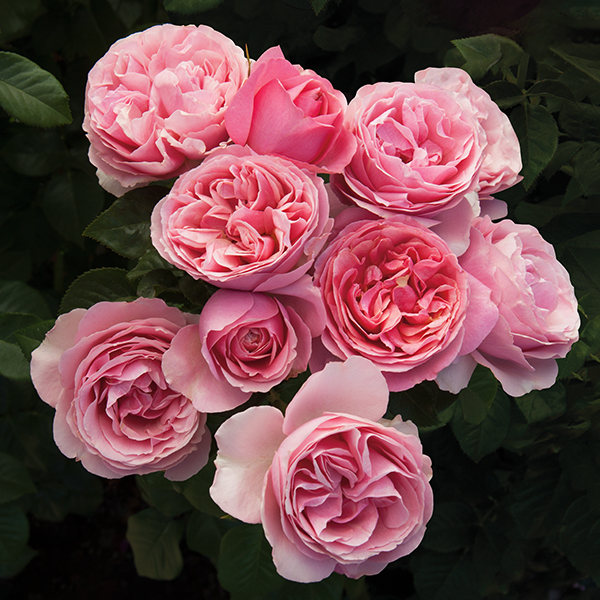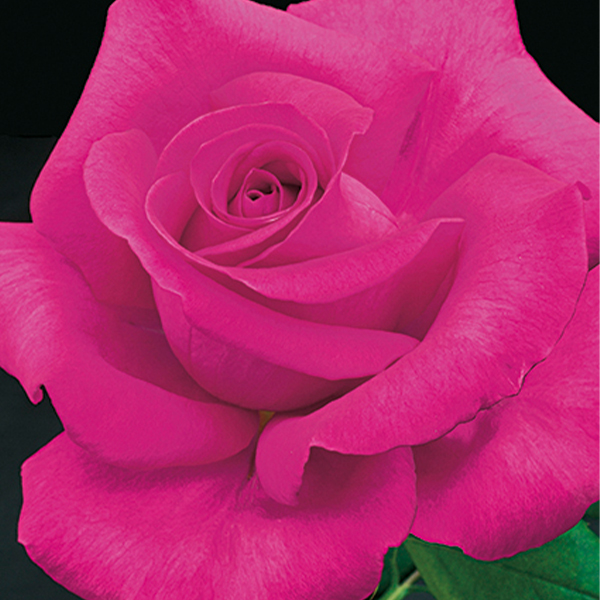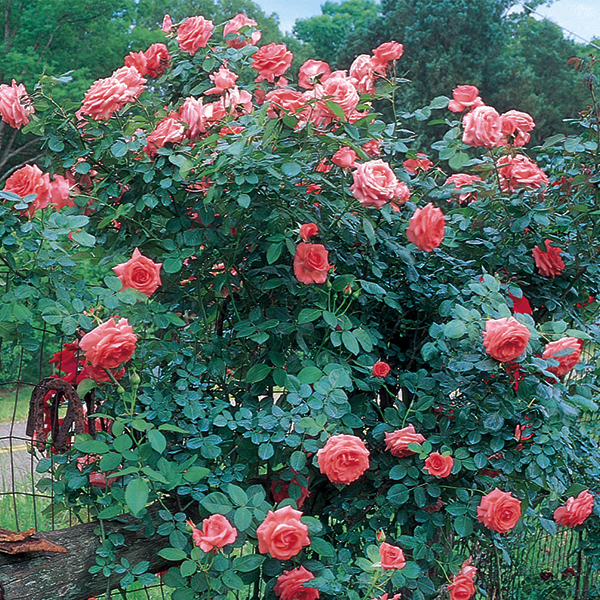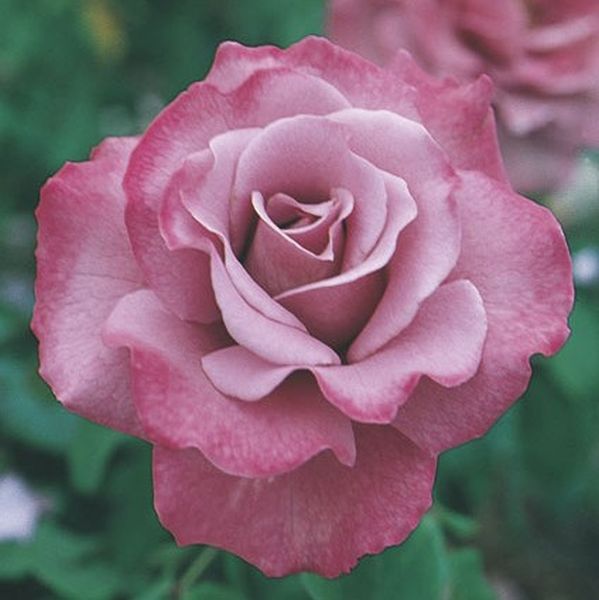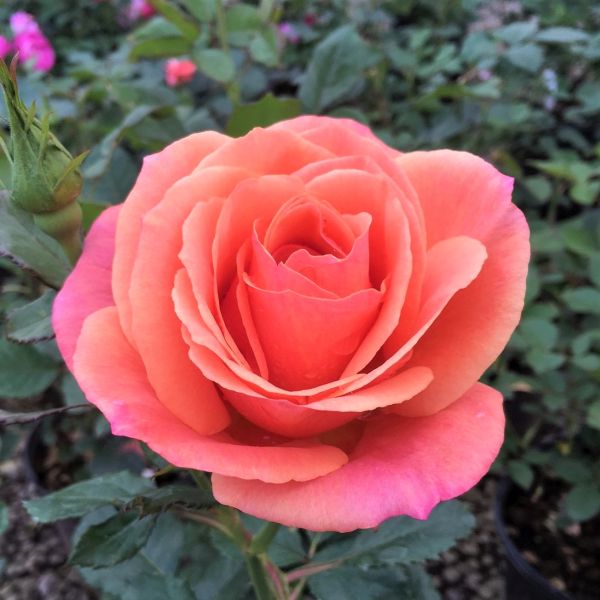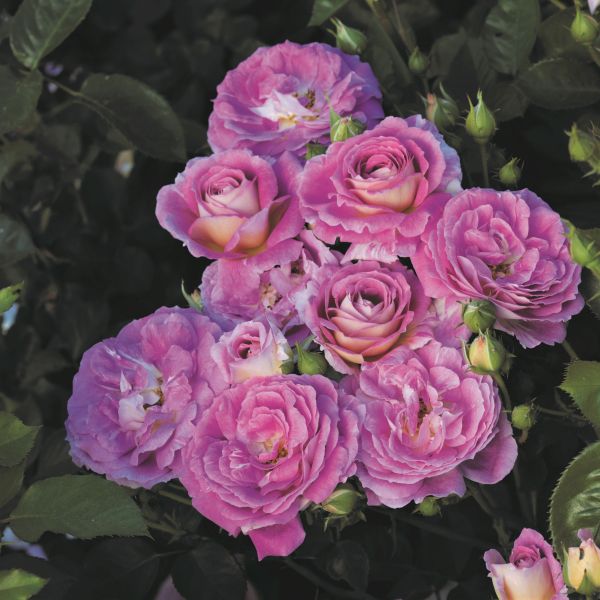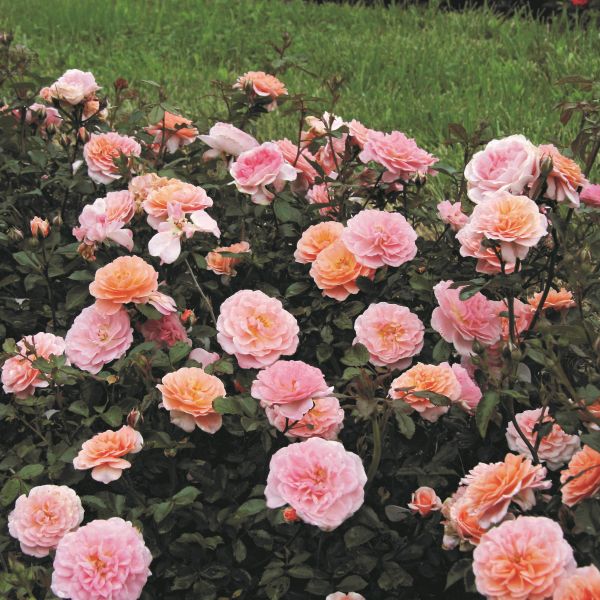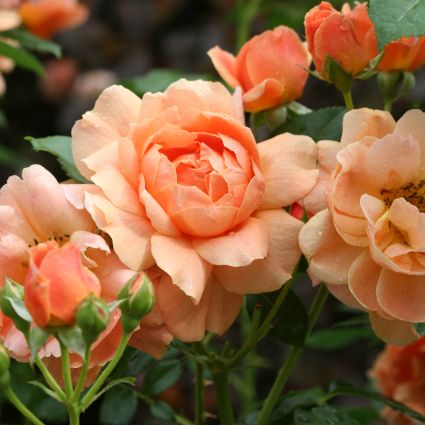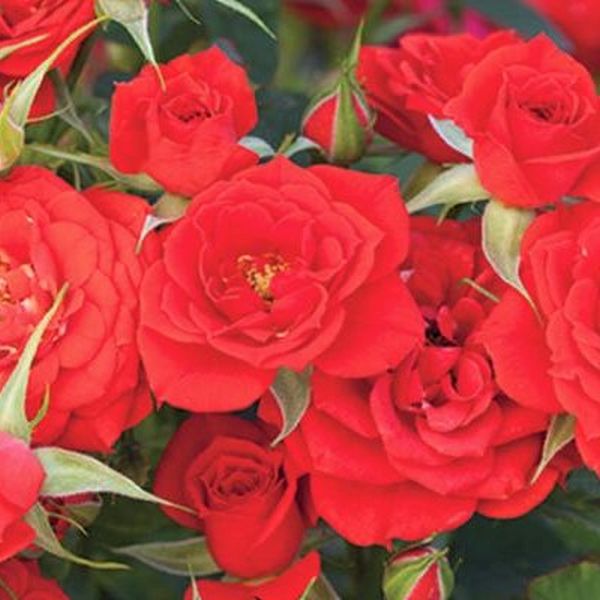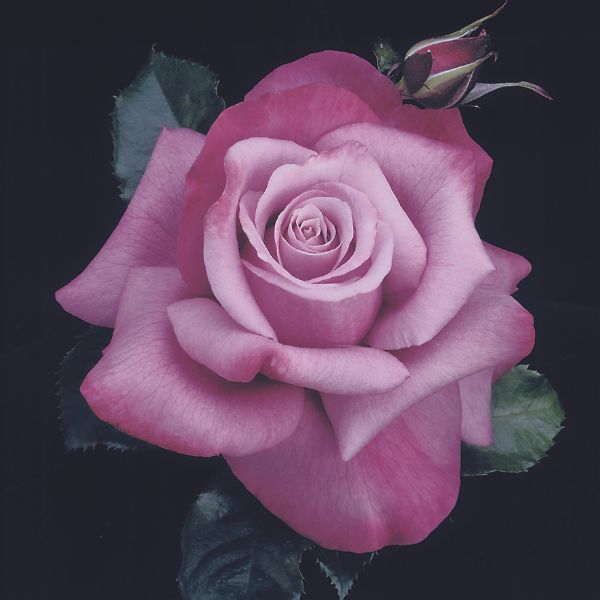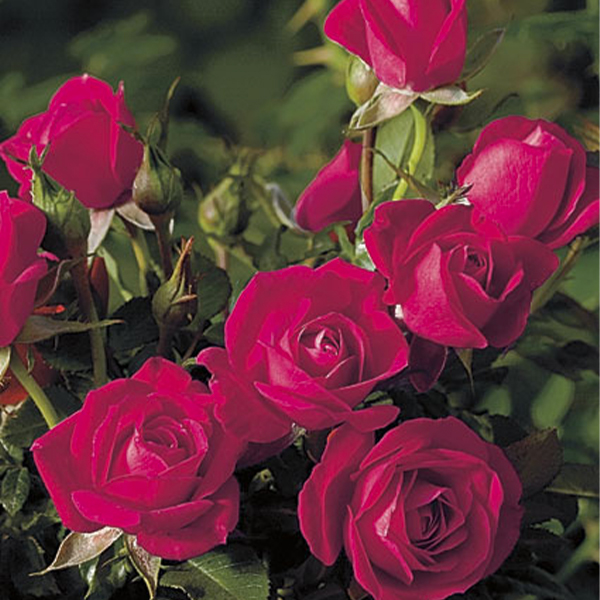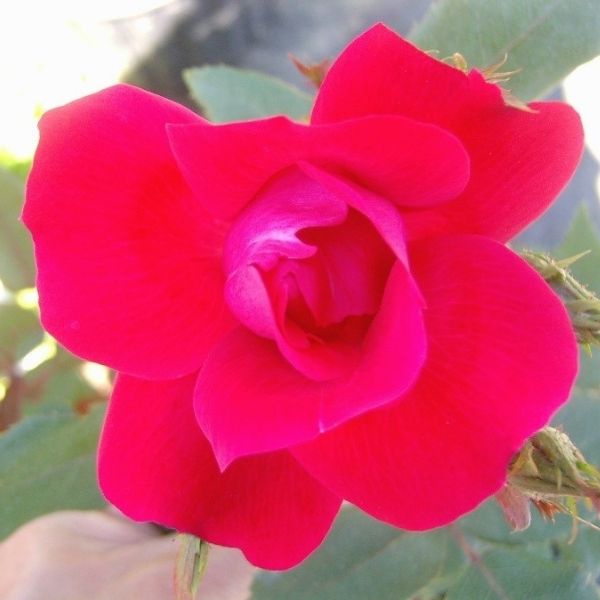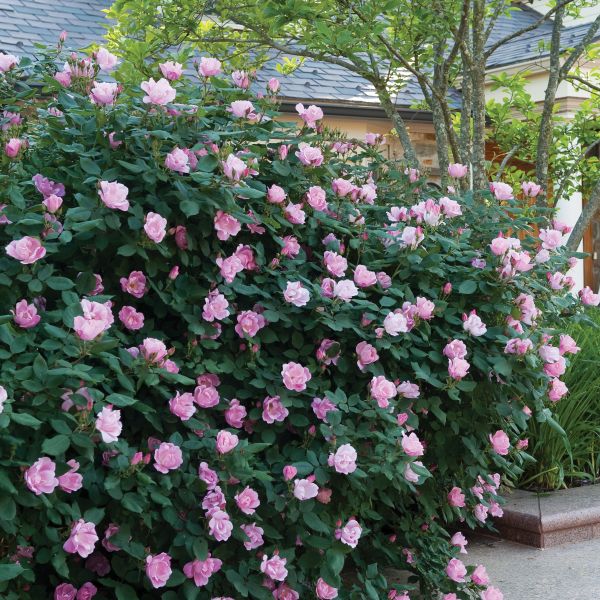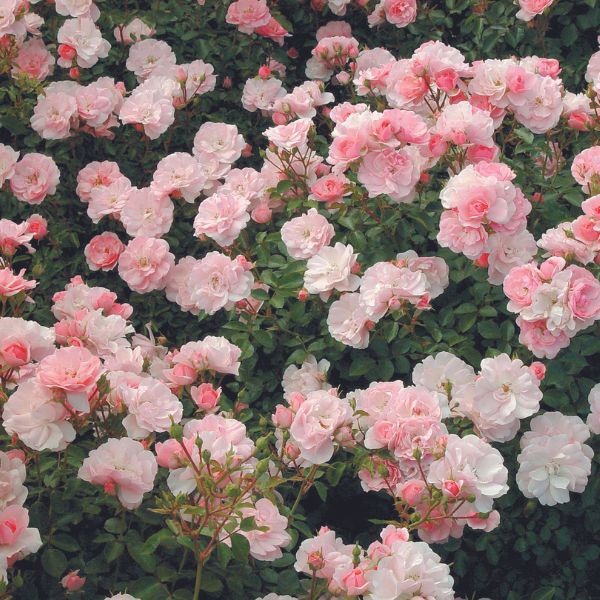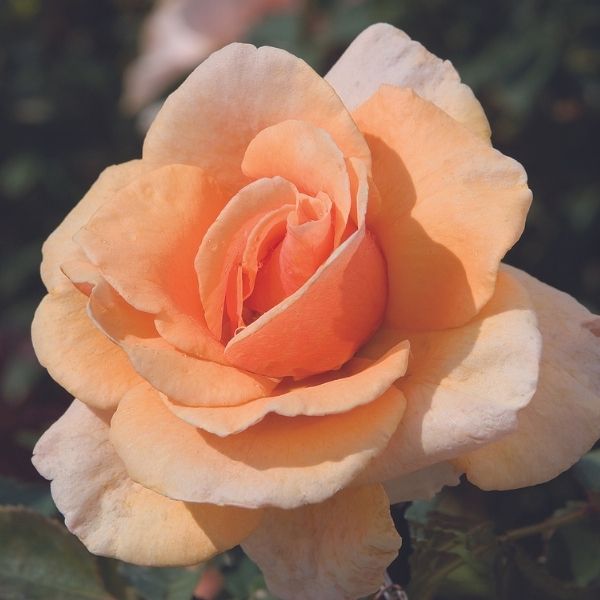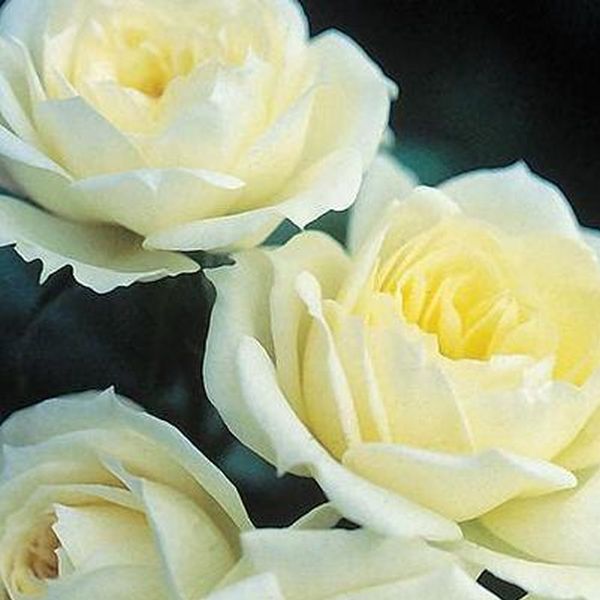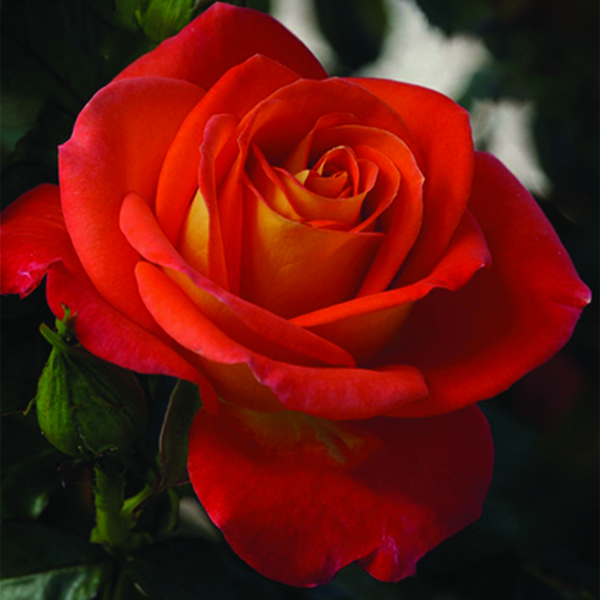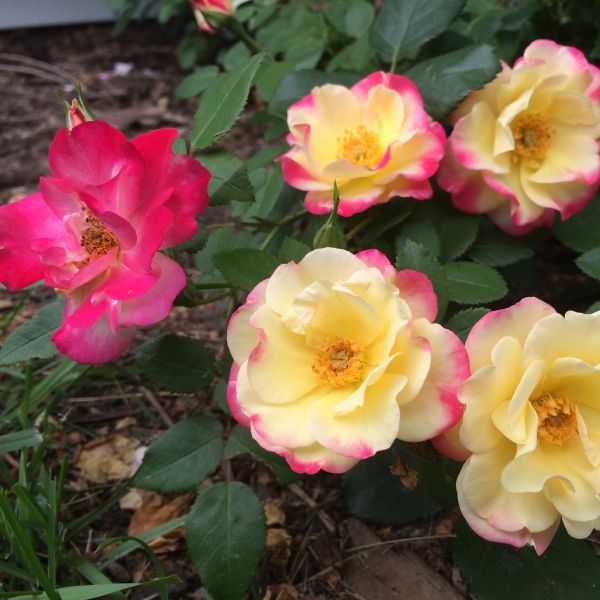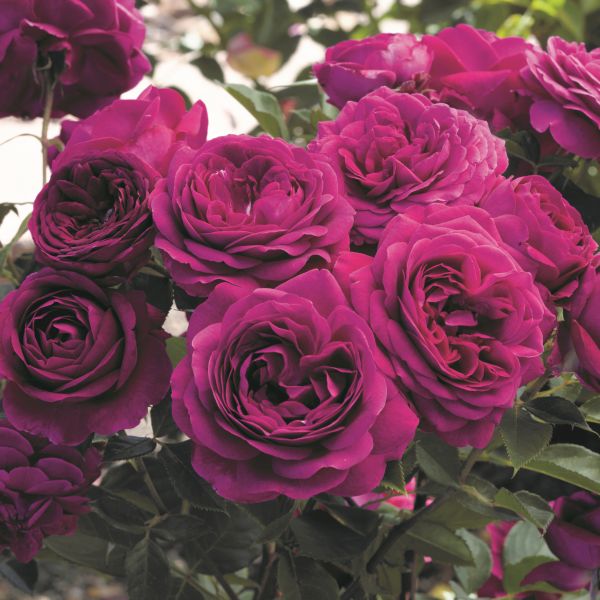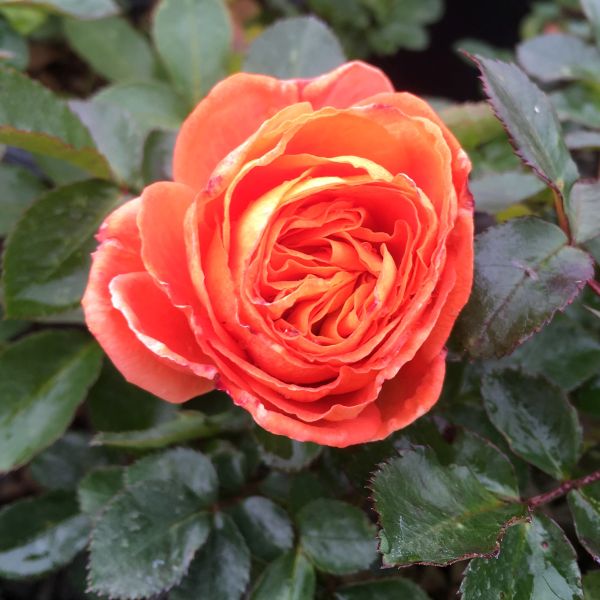
Mango Veranda Rose
Rosa 'KORfloci109'
19 reviews
Mango Veranda Rose
Rosa 'KORfloci109'
19 reviews
- Beautiful pink color with a refreshing mango aroma
- Perfect balance of sweetness and acidity
- Pairs well with summer salads, seafood dishes, and grilled chicken
- Recommended by landscape designers for optimal fit in real yards
$88.00
$126.00
30% Off
- Ships to 43215 in 3 to 7 days
- Free Shipping Over $150
- Plant Arrival Guarantee
- In Stock
- Free Plant Consult
$200 - Landscape-Approved: Every Plant We Sell Comes With Design Expertise Behind It
1.5 Gallon
Not just beautiful - intentionally selected by ShrubHub's 3D landscape design team to fit real-world spaces and maximize yard potential.
Why Mango Veranda Rose?
Mango Veranda Rose (Rosa 'KORfloci109') is a popular choice for rose enthusiasts due to its vibrant mango-colored blooms. These roses add a touch of warmth and tropical beauty to any garden or landscape. Additionally, the Mango Veranda Rose is known for its disease resistance and low maintenance nature, making it an excellent choice for gardeners of all levels.
People who loved this plant also bought
Sunlight
The Mango Veranda Rose requires full sun exposure for at least six hours a day to thrive and produce healthy growth and abundant blooms.
Watering
Mango Veranda Rose has a moderate watering requirement. It should be watered regularly, ensuring that the soil is evenly moist but not waterlogged. However, it is important to allow the soil to dry out slightly between waterings to prevent overwatering and
Fertilizing
Mango Veranda Rose requires a balanced fertilizer that is high in potassium, phosphorus, and nitrogen. It is essential to provide adequate amounts of these nutrients to promote healthy growth and increase fruit production in the plant.
Mango Veranda Rose (Rosa 'KORfloci109')
The Mango Veranda Rose, also known by its botanical name Rosa 'KORfloci109,' is a stunning variety of hybrid tea rose that is highly sought after for its vibrant blooms and delightful fragrance. This rose variety belongs to the Veranda series, developed by Kordes® Roses, known for their excellent performance and exceptional beauty.
Key Features:
- Beautiful and large, high-centered flowers
- Exquisite mango-colored petals with a hint of yellow in the center
- Average flower diameter of 4-5 inches
- Strong, sweet fragrance that fills the air
- Rounded and bushy plant habit
- Dark green foliage for an attractive backdrop to the blooms
- Excellent disease resistance
Description:
The Mango Veranda Rose is a captivating addition to any garden or landscape. Its large, high-centered blossoms open gradually, revealing layers of radiant mango-colored petals with a slight touch of yellow in the center. The average diameter of the flowers ranges between 4 to 5 inches, creating a bold and eye-catching display.
One of the standout features of this rose is its delightful fragrance. The Mango Veranda Rose emits a strong, sweet scent that fills the air, making it a pleasure to be near. Whether planted in a garden bed, a container, or used as a cut flower, its alluring scent is sure to enchant.
With its rounded and bushy plant habit, the Mango Veranda Rose forms an attractive and well-balanced presence in the landscape. The dark green foliage provides a beautiful backdrop to the vibrant blooms, ensuring that the flowers truly stand out. This rose variety is also known for its excellent disease resistance, allowing for easy maintenance and a long-lasting beauty throughout the growing season.
Uses:
The Mango Veranda Rose can be used in various ways to enhance different spaces:
- Flower beds and borders: Plant these roses in mixed perennial beds or dedicated rose borders to create a focal point with their exquisite blossoms.
- Containers: Grow the Mango Veranda Rose in containers to add a touch of elegance and fragrance to patios, balconies, and small outdoor spaces.
- Cut flowers: Enjoy the beauty and fragrance of these roses indoors by cutting them for floral arrangements or bouquets.
- Gifts: As a symbol of love, passion, and appreciation, a bouqet of Mango Veranda Roses makes for a thoughtful and memorable gift.
Planting Instructions:
Follow these guidelines for successful planting and care:
- Choose a location with well-drained soil, preferably in full sun (at least 6 hours of direct sunlight per day).
- Dig a hole twice as wide and deep as the root ball of the plant.
- Mix organic matter (compost, peat moss) into the soil to improve its fertility and drainage.
- Place the rose plant in the hole, making sure the bud union (swollen area where the rose was grafted onto the rootstock) is at or slightly above soil level.
- Backfill the hole with soil, firming it gently around the roots.
- Water thoroughly after planting and keep the soil adequately moist throughout the growing season.
- Apply a balanced fertilizer according to the manufacturer's instructions to promote healthy growth and abundant blooms.
- Prune the rose bushes in early spring to remove any dead, damaged, or crossing branches, and to shape the plant as desired.
With its stunning appearance, delightful fragrance, and excellent disease resistance, the Mango Veranda Rose is a must-have for rose enthusiasts and gardeners looking to add a touch of elegance to their outdoor spaces. Plant it, care for it, and watch it bring joy and beauty year after year.
Plant Information:
| Botanical Name: | Rosa 'KORfloci109' |
| USDA Zones: | 5 - 9 |
| Water: | Moderate |
| Exposure: | Full Sun |
| Soil Needs: | Well Drained |
| Mature Height: | 2 - 3 feet |
| Mature Spread: | 2 - 3 feet |


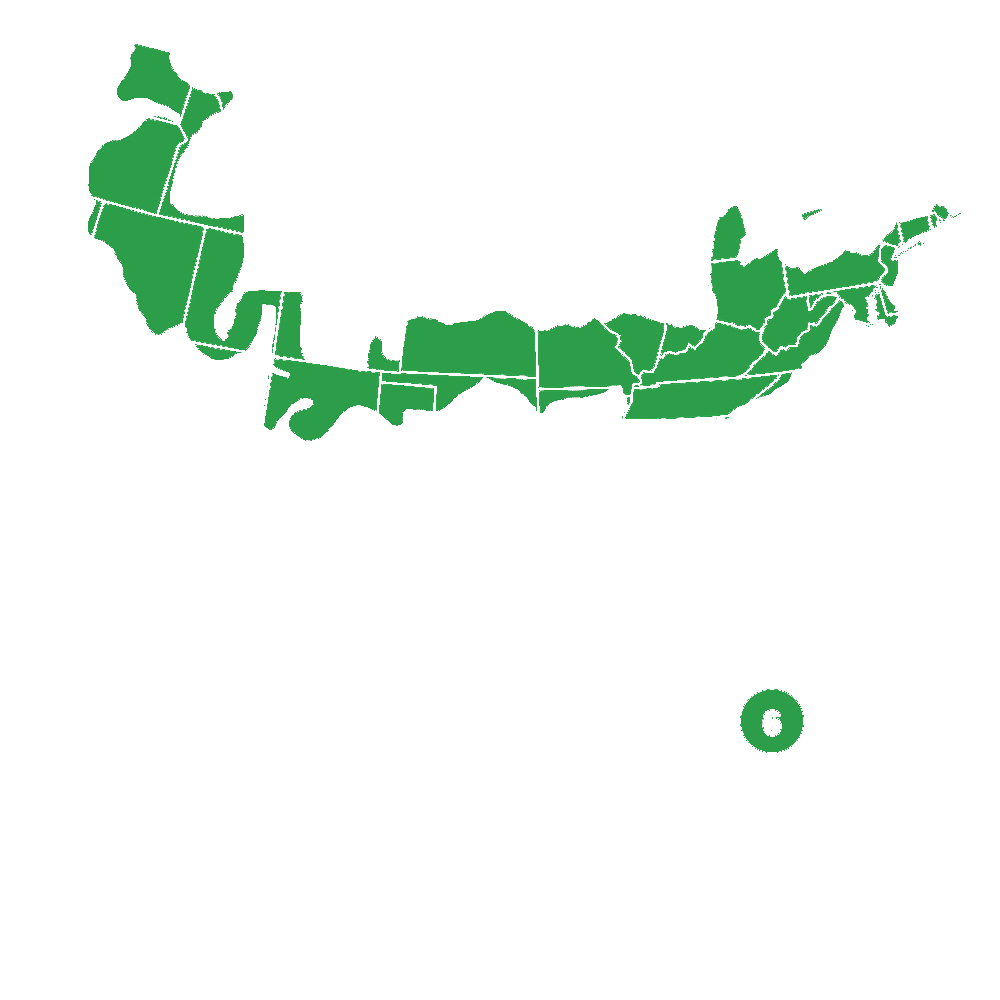

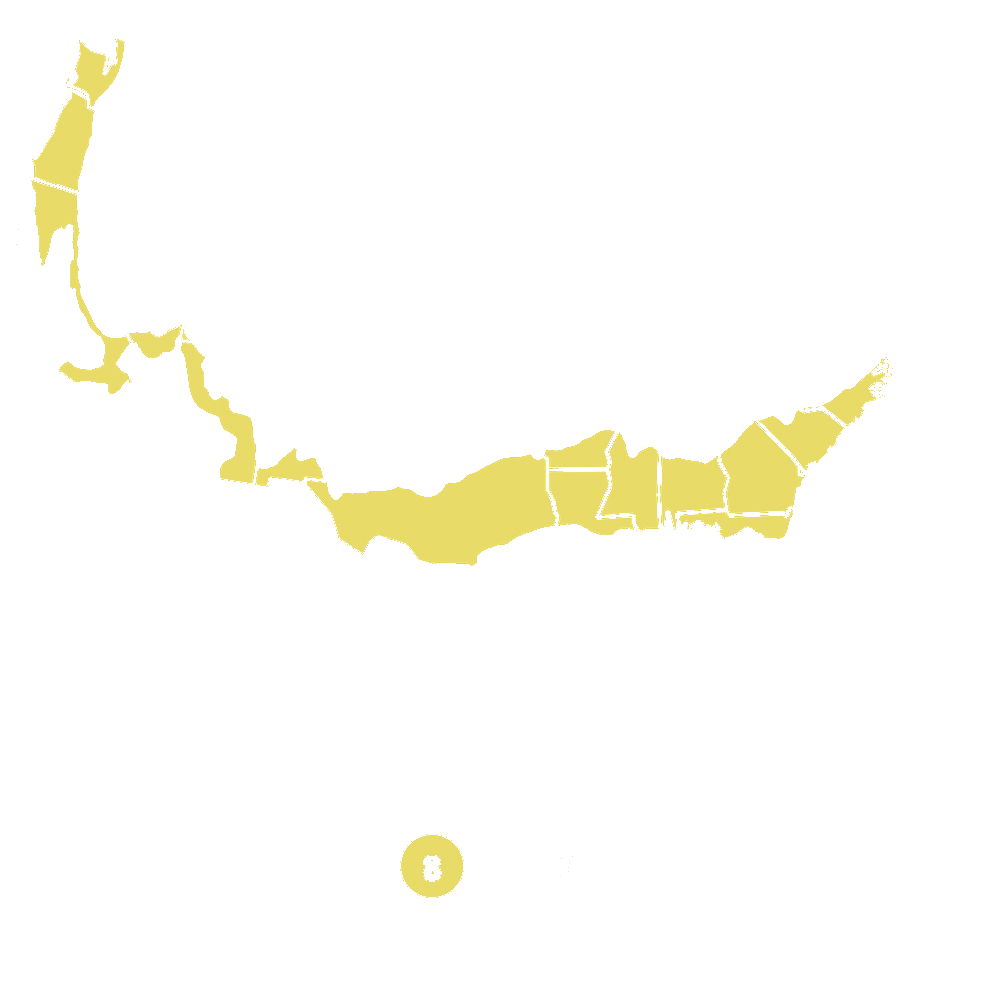
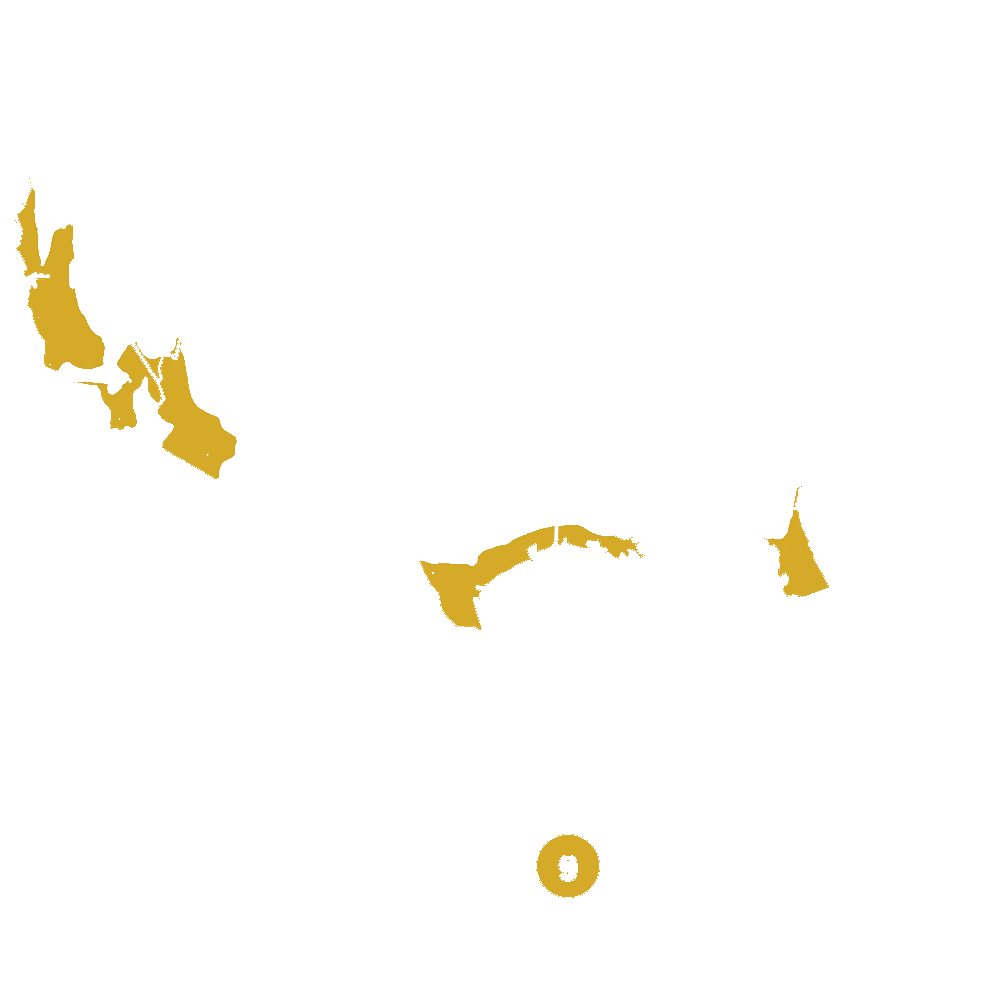
Pollination Info
Pollination Information for Mango Veranda Rose (Rosa 'KORfloci109')
Mango Veranda Rose (Rosa 'KORfloci109') is a hybrid variety of rose known for its vibrant orange-yellow blooms. Like all roses, it requires pollination for successful flowering and fruiting.
Pollination Method
Roses are typically pollinated by insects, primarily bees. They are attracted to the flowers by their colorful petals and sweet fragrance. As bees move from flower to flower in search of nectar and pollen, they inadvertently transfer pollen grains from the stamens (male parts) to the pistils (female parts) of the flowers.

Self-Pollination
Rosa 'KORfloci109' is known to have good self-pollinating capabilities. This means that a single plant can produce fruit on its own without the need for cross-pollination from another rose plant. However, cross-pollination can often lead to better fruit set and quality.
Cross-Pollination
If you want to maximize the yield and quality of the roses produced by Mango Veranda Rose, consider cross-pollination. This can be achieved by planting other rose varieties nearby or encouraging bees and other pollinators to visit your garden.
Some recommended rose varieties for cross-pollination with Mango Veranda Rose include:
- Perfume Delight Rose (Rosa 'JACsampl')
- Tropicana Rose (Rosa 'Tropicana')
- Sundance Rose (Rosa 'WEKtriscala')
Pollination Factors
Here are some factors to consider for successful pollination of Mango Veranda Rose:
- Planting Distance: If planting multiple rose varieties for cross-pollination, make sure they are close enough for insects to travel easily between them, typically within 100 feet.
- Pollen Availability: Adequate pollen supply is necessary for pollination. If there is a lack of pollinators in your area, you can manually transfer pollen using a small brush or cotton swab.
- Proper Care: To encourage healthy pollination, provide the rose plants with sufficient sunlight, water, and nutrients. A healthy plant is more likely to produce attractive flowers that attract pollinators.
Fruit Development
After successful pollination, Mango Veranda Rose will begin to develop small fruits known as rose hips. These rose hips contain seeds that can be collected and planted to grow new rose plants.
It's important to allow the rose hips to fully ripen and turn red or orange before harvesting them. Once ripe, the rose hips can be carefully removed from the plant and the seeds extracted for propagation.
Remember that the primary purpose of growing Mango Veranda Rose is for its beautiful blooms rather than fruit production. However, the rose hips can add an interesting visual element to the plant and may attract birds to your garden.
FAQ
Mango Veranda Rose (Rosa 'KORfloci109')
Frequently Asked Questions:
1. What is the botanical name and common name of Mango Veranda Rose?
Botanical Name: Rosa 'KORfloci109'
Common Name: Mango Veranda Rose
2. What is the average height and spread of Mango Veranda Rose?
Height: 2-3 feet
Spread: 2-3 feet
3. What is the flower color and shape of Mango Veranda Rose?
Flower Color: Shades of orange, yellow, and pink
Flower Shape: Semi-double blooms with ruffled petals
4. When does Mango Veranda Rose bloom?
Mango Veranda Rose is known for its prolonged blooming period, typically from spring to fall.
5. What are the growing requirements for Mango Veranda Rose?
- Sunlight: Requires full sun exposure (6+ hours per day) for optimum growth and flowering.
- Soil: Well-draining soil with good organic content is preferred.
- Watering: Regular watering is necessary, especially during dry periods.
- Fertilizer: Apply a balanced rose fertilizer in spring and mid-summer.
- Pruning: Prune in early spring to promote new growth and shape the plant.
- Disease and Pest Control: Keep an eye out for common rose pests and diseases and take appropriate measures.
6. Can Mango Veranda Rose be grown in containers or pots?
Yes, Mango Veranda Rose can be successfully grown in containers or pots, provided they have good drainage and sufficient space for root development.
7. Is Mango Veranda Rose fragrant?
Yes, Mango Veranda Rose has a delightful fragrance that adds to its overall charm.
8. Is Mango Veranda Rose suitable for cut flower arrangements?
Absolutely! The vibrant and ruffled blooms of Mango Veranda Rose make it an excellent choice for cut flower arrangements.
9. Does Mango Veranda Rose require any special care during winter?
Mango Veranda Rose is hardy in USDA zones 5 to 9. In colder regions, it is recommended to provide winter protection by mulching around the base of the plant to insulate the roots.
10. How often should Mango Veranda Rose be fertilized?
Fertilize Mango Veranda Rose in spring and mid-summer with a balanced rose fertilizer, following the package instructions for application rates.
Planting & Care
Planting & Care for Mango Veranda Rose (Rosa 'KORfloci109')
Planting
- Choose a sunny location for planting the Mango Veranda Rose.
- Ensure the soil is well-draining and rich in organic matter.
- Dig a hole that is wide and deep enough to accommodate the rootball of the rose plant.
- Place the rose plant gently into the hole, ensuring that the bud union (the swollen area where the rose is grafted onto the rootstock) is slightly above the soil level.
- Backfill the hole with soil, firming it gently around the roots to remove any air pockets.
- Water the newly planted rose thoroughly.
Watering
- Keep the soil consistently moist, especially during the growing season.
- Water deeply at the base of the plant, avoiding overhead watering to prevent diseases.
- Reduce the frequency of watering during periods of rainfall.
- Regularly check the soil moisture level, and adjust watering accordingly.
Fertilizing
- Apply a balanced rose fertilizer according to the package instructions, usually in early spring.
- Repeat the fertilizer application every 4-6 weeks during the growing season.
- Avoid excessive use of nitrogen-rich fertilizers, as they can promote leaf growth at the expense of flower production.
Pruning
- Prune the Mango Veranda Rose in late winter or early spring before new growth begins.
- Remove any dead, damaged, or diseased wood.
- Thin out crowded branches to improve air circulation.
- Shape the plant by selectively pruning branches to maintain a desirable size and shape.
- Remove spent flowers throughout the growing season to encourage continuous blooming.
Pest and Disease Control
- Regularly inspect the rose plant for common pests such as aphids, thrips, and spider mites.
- Treat any infestations promptly using organic insecticidal soap or horticultural oil.
- Prevent fungal diseases by providing good air circulation around the plant and avoiding overhead watering.
- If necessary, use a fungicide recommended for roses to control diseases like black spot or powdery mildew.
Winter Care
- In colder regions, protect the rose plant during winter by adding a layer of mulch around the base to insulate the roots.
- Prune the rose plant in late winter to remove any dead or damaged wood.
- Water the rose plant thoroughly before the first frost to provide ample hydration during dormancy.
Check Out These Verified Customer Reviews:
Customer Reviews
4.6 out of 5 based on 19 reviews
Thank you! Your review has been submitted.
Great quality and packaging.
Excellent customer service.
The Mango Veranda Rose was good, but I expected a more pronounced mango flavor. Overall, it's a decent wine option.
Item has been added to your cart.



